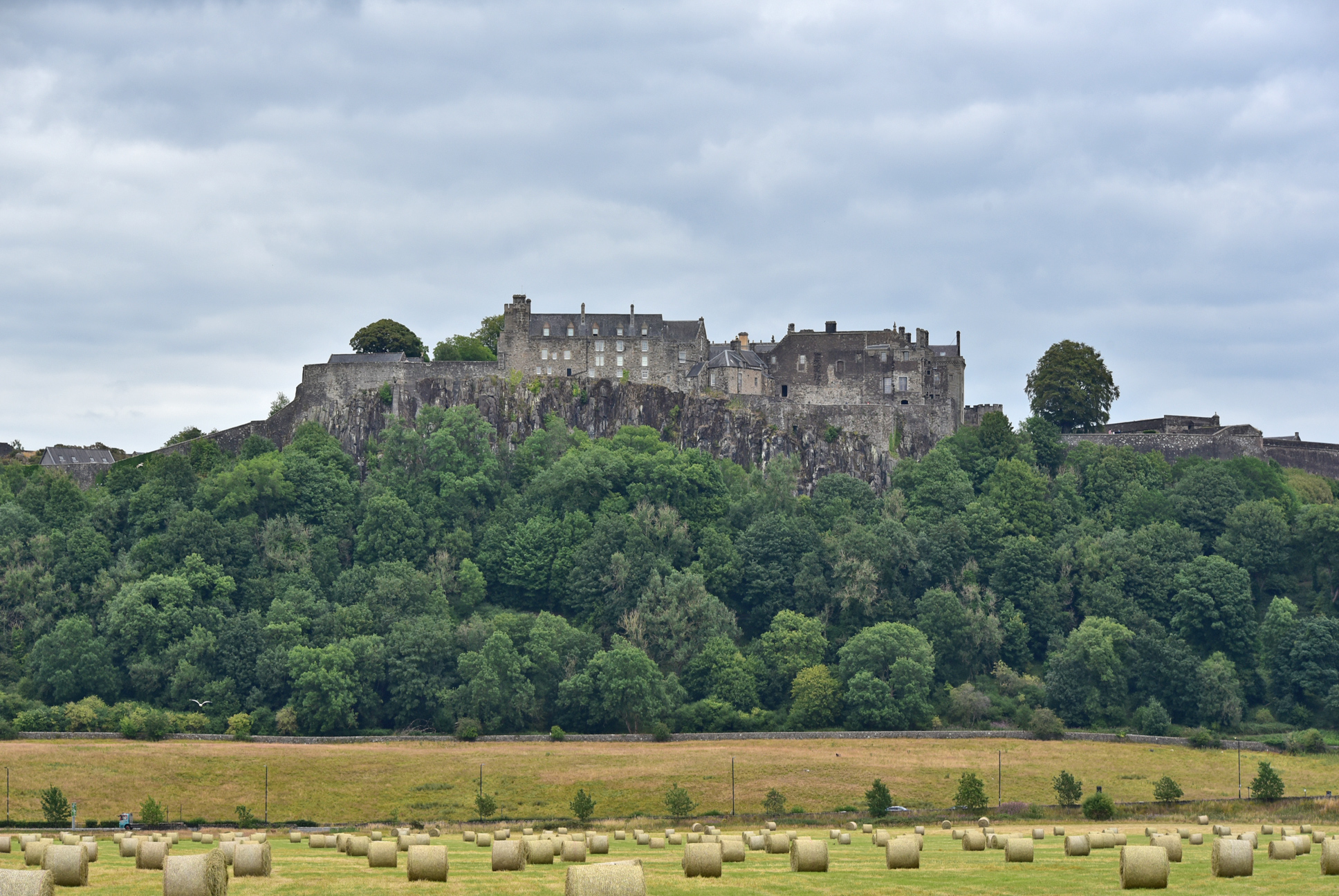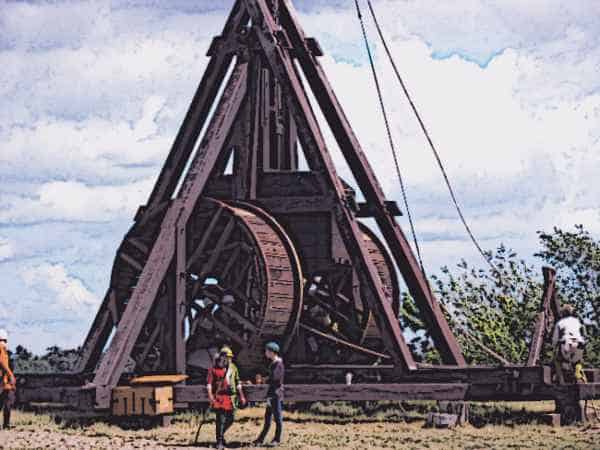Siege of Stirling Castle
Background
The English under Edward I defeated the Scots at the Battle of Falkirk in 1298. It would take Edward another six years before he could gain complete control of Scotland.
The Scots would defeat a much larger English force at the Battle of Roslin in 1303, and then the following year, the English almost captured William Wallace and Simon Fraser near Happrew.
Now Edward was back in Scotland, looking to subdue Scotland under English rule. Castles in Scotland slowly came under English control until only one remained defiant as the last stronghold of Scottish resistance, Stirling Castle. Edward headed to Stirling with 13 siege engines.

Around thirty Scots garrisoned in the castle under the command of William Oliphant, custodian of Stirling Castle. William Oliphant attempted to delay the siege by asking for permission to send a messenger to the guardian of Scotland, John de Soules, who was in France at the time. Edward refused.
Battle
On April 21st, 1304, the Siege of Stirling Castle began. For weeks, the castle was bombarded by balls of lead, stripped from nearby church roofs, Greek fire, stone balls, and a mixture predating gunpowder that consisted of sulfur and saltpetre.
The Scottish garrison held out and remained defiant. Then Edward ordered his chief Engineer, Master James of St. George, to construct a new massive trebuchet. He called it "War Wolf". It took fifty carpenters approximately three months to build, and it was finally ready for use in July 1304.

Robert the Bruce was said to have been present during part of the siege and even provided Edward with several siege engines. This may have led to Bruce's policy of destroying castles in his future campaign against Edward.
The Siege of Stirling Castle was also a public event, and Edward had viewing stands built for onlookers. The queen's apartments had a special large window cut into them so she could watch what was going on.
When the Scottish garrison saw the War Wolf being assembled, they tried to surrender to Edward. But he refused to accept the surrender. He wanted to see War Wolf finish being built and then test it out on Stirling Castle.
On July 24th, 1304, a single shot from War Wolf destroyed Stirling Castle's gatehouse, and then Edward accepted the castle's surrender.
Aftermath
After the surrender, Edward spared all the Scots that were garrisoned in the castle, but he did execute the Englishman who had given possession of Stirling Castle to the Scots.
William Oliphant, the garrison commander, was taken prisoner and held captive at the Tower of London. That same year, all of the Scottish Nobles swore fealty to Edward I, with the exception of William Wallace.
William Oliphant would remain in the Tower until 1308, when he was released on mainprise, an early form of bail, while awaiting trial. By 1309, he was back in Stirling Castle, holding the castle for Edward II of England.
Edward I's goal was to eliminate any desire for resistance from the Scots in grand style by showing himself to be overwhelmingly powerful and resourceful.
Wallace was now on the run, but a new leader, Robert the Bruce, was about to take up the cause and fight for Scotland and launch his campaign to become King of Scots.

